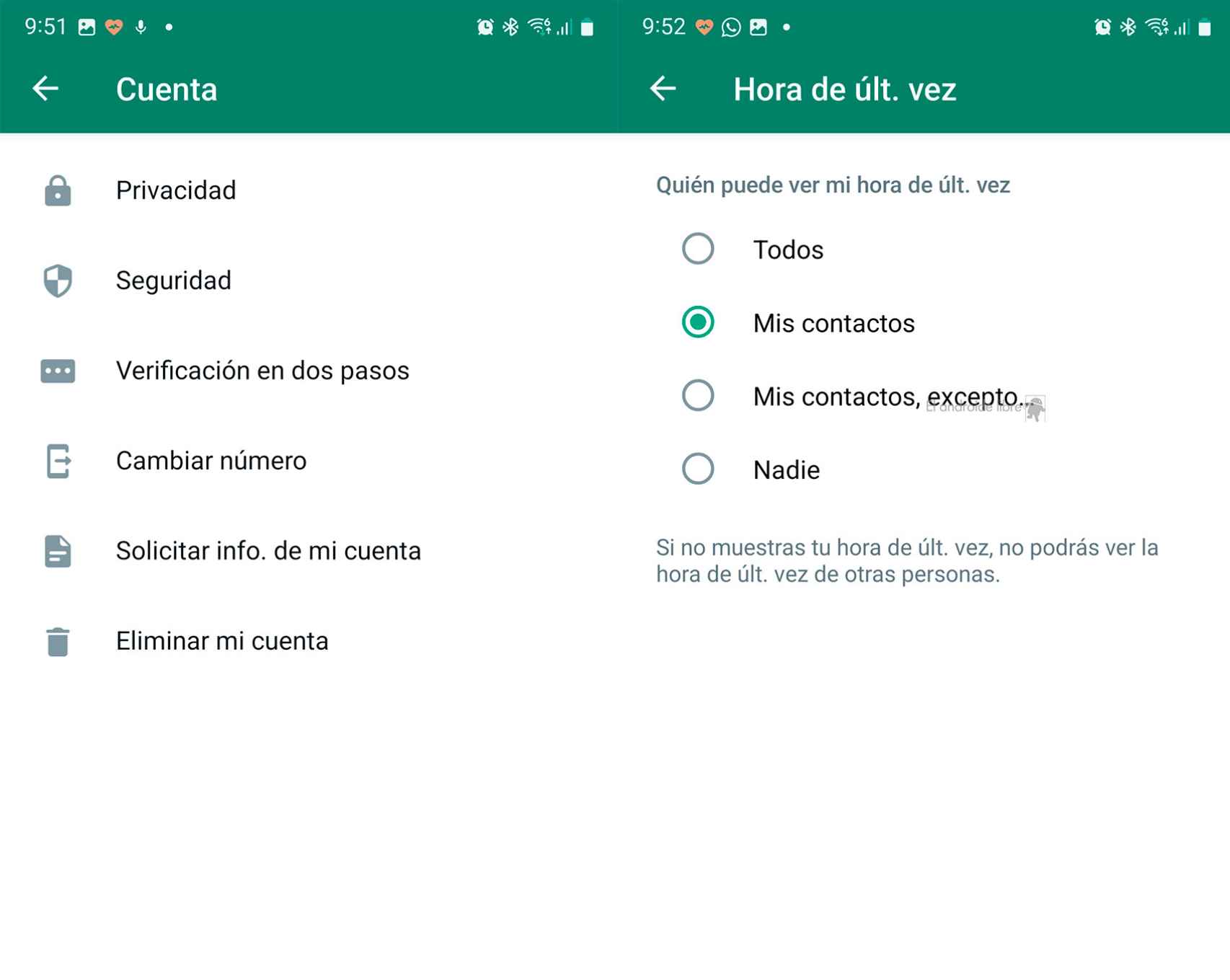Among the upcoming changes, the abandonment of a fundamental feature of the application that accompanies it since its inception stands out.
WhatsApp is always evolving, but in recent weeks the new features that the platform has in development have accumulated and will reach the application in the future. They include various aspects that affect the security of the application, the management of sent messages , reactions , video calls and a very important change that affects the privacy of users and eliminates an inseparable feature of the application since its launch in 2009.
Most of these novelties transcend thanks to the information that specialized media such as WABetainfo publish about the different test and development versions that they can use. Just because a new feature is in testing or development doesn't guarantee it will be in the final release, but most do sooner or later . These are the latest news that WhatsApp is working on:
Hide from contacts that you are “online”
One of the most distinctive features of WhatsApp compared to other messaging applications is that it has never given the option to hide being connected . Inevitably, every time we enter it, if a contact accesses our chat, they will see that we are “online”, with no way to avoid it.
The new option, which is expected to reach the beta channel soon, allows you to choose who to show the "online" status in the same way as the information of the last time connected and can be chosen in Everyone, My contacts, My contacts except... and Nobody.
Extension of the time during which a sent message can be deleted
Seen in the beta version of WhatsApp, this change extends the time limit during which a message can be deleted in both the sender's and the receiver's account. The current limit for using the Delete option for everyone on a sent message is one hour and eight minutes and sixteen seconds and will be extended to two days and twelve hours , a much more practical margin.
Second verification code
Another feature in development and not yet in beta is intended to add a layer of security and prevent account theft . Currently, when installing the application and associating it with a phone number, WhatsApp sends a security code to that number to confirm that it is being installed on the correct line.
The application already has a two-step verification system, but it is disabled by default , so many users probably do not even know that this option is available. Therefore, if a cybercriminal manages to trick a victim into giving him the WhatsApp code that he received when setting up his account on a second device, he will probably have to say goodbye to him.
This new option will require a second verification code when installing WhatsApp , making this type of deception much more difficult. If the cybercriminal enters the first verification code on a second terminal, WhatsApp will inform the rightful owner that their WhatsApp account is being installed on another device and they will know that they are being stolen and cannot be completed if they do not provide the verification code. second confirmation code you require.
Editing messages after sending them
A feature that Telegram, for example, has had since 2016 and that already in 2017 was temporarily seen in beta versions of WhatsApp . It was recently found again in a test version of the application and shows a very simple operation. In a sent message, it will suffice to keep it pressed to activate the options on it and to which the Edit option is added. Aspects such as whether there will be a time limit to return to a sent message and edit it and how long it will be are unknown.
Extended reactions to any emoji
Reactions to messages, a quick way to give a response without going through the keyboard, arrived on the platform in May and will soon expand their possibilities by allowing you to use any emoji in them . In its current form, reactions are limited to six that match those available on Facebook Messenger (“Like”, “Love”, “Smiley”, “Surprised”, “Sad” and “Thank you”) minus one (“ Pissed off"). With the entire arsenal of emojis available, they will gain prominence as a form of communication on WhatsApp. This change has already been seen in the beta version of the application that users can try.
Avatars in video calls
As it can already be done in Zoom, and hopefully in a somewhat more sophisticated way, WhatsApp will allow us to replace our image in a video call with that of an avatar . The app will include a new section to edit and customize the avatars used. It is an option still under development that has not reached the beta version, so its arrival still seems distant.
`````````````
````````````` ````````````` ````````````` ````````````` ````````````` ````````````` ````````````` ````````````` ````````````` ````````````` ````````````` ````````````` ````````````` `````````````







